News Archive
Filter by Division
Filter by Categories
Preventing Patient Harm One Patient At a Time
July 31, 2024 / Clinical PathologyPathology Faculty and Staff Team up with Clinical Colleagues to Address Post-Surgical Kidney Injury
From the Xi'an to Ann Arbor
May 1, 2024 / Faculty SpotlightDr. Xiaobing Jin Shares His Story
Another Step Toward Healthcare Equity: Dr. Jennifer Jones and Colleagues Participate in National Study
April 24, 2024 / Clinical ResearchHealthcare disparities arise from multiple sources, some of which are cultural and rooted in historical biases. In health research, most study participants in the past have been of European descent. This delayed the identification of specific genetic differences that are found more frequently in non-Europeans, leading to misdiagnoses and inappropriate healthcare for those with these differences. One of these is the Duffy-null genotype leading to a Duffy-associated neutrophil count (DANC) that is lower than established reference ranges.
Clinicians' perspectives on Integrating Pathologists into Patient Care Teams
March 2, 2023 / EducationResearchers from the Department of Pathology recently published a fascinating study into clinician’s perspectives on integrating pathologists into the patient’s care team in the form of pathology explanation clinics (PECs) [1]. Clinicians were asked, “How interested would you be in having your patient meet with a pathologist to discuss their pathology report and see their tissue under the microscope?”




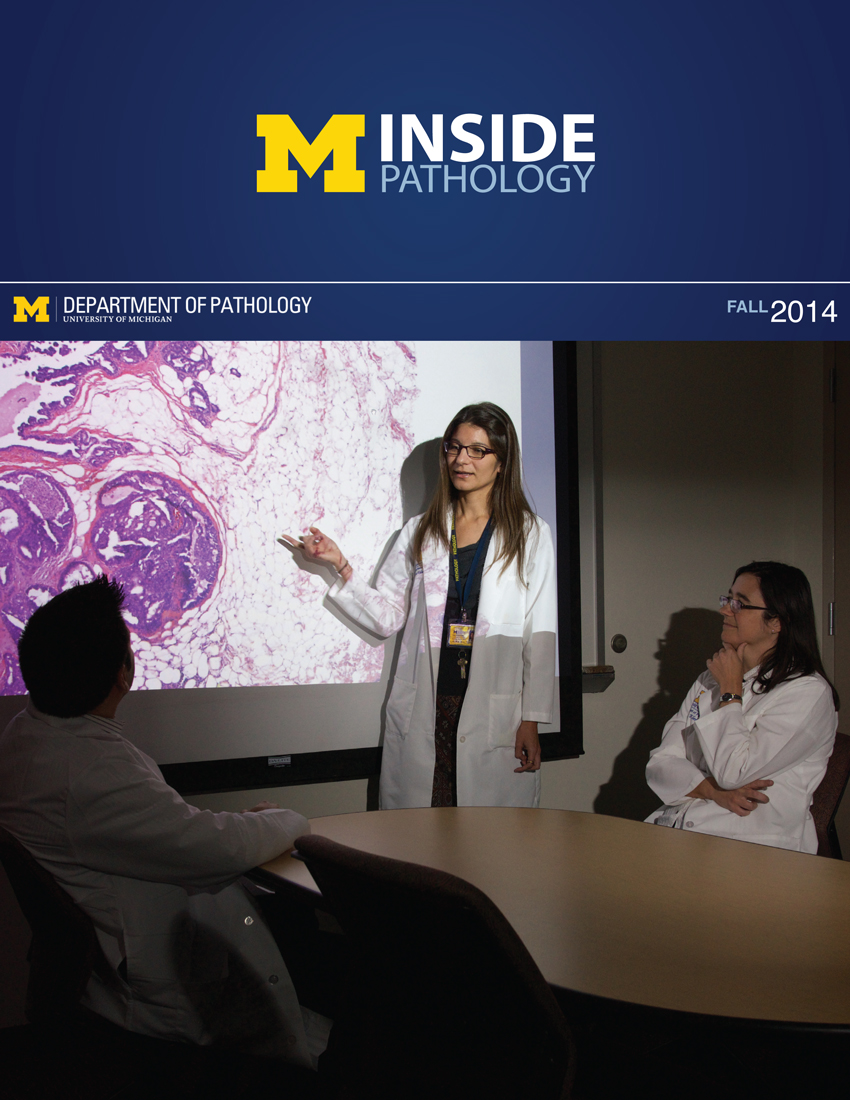 ON THE COVER
ON THE COVER
 ON THE COVER
ON THE COVER
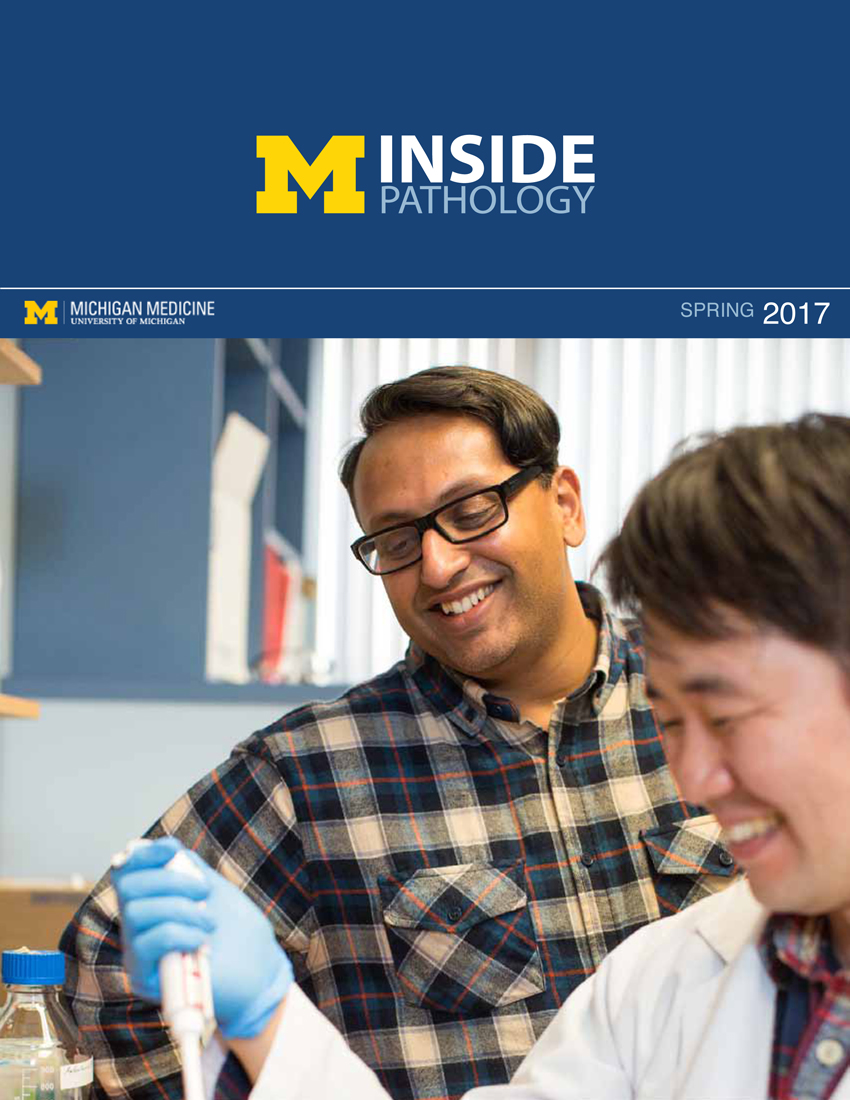 ON THE COVER
ON THE COVER
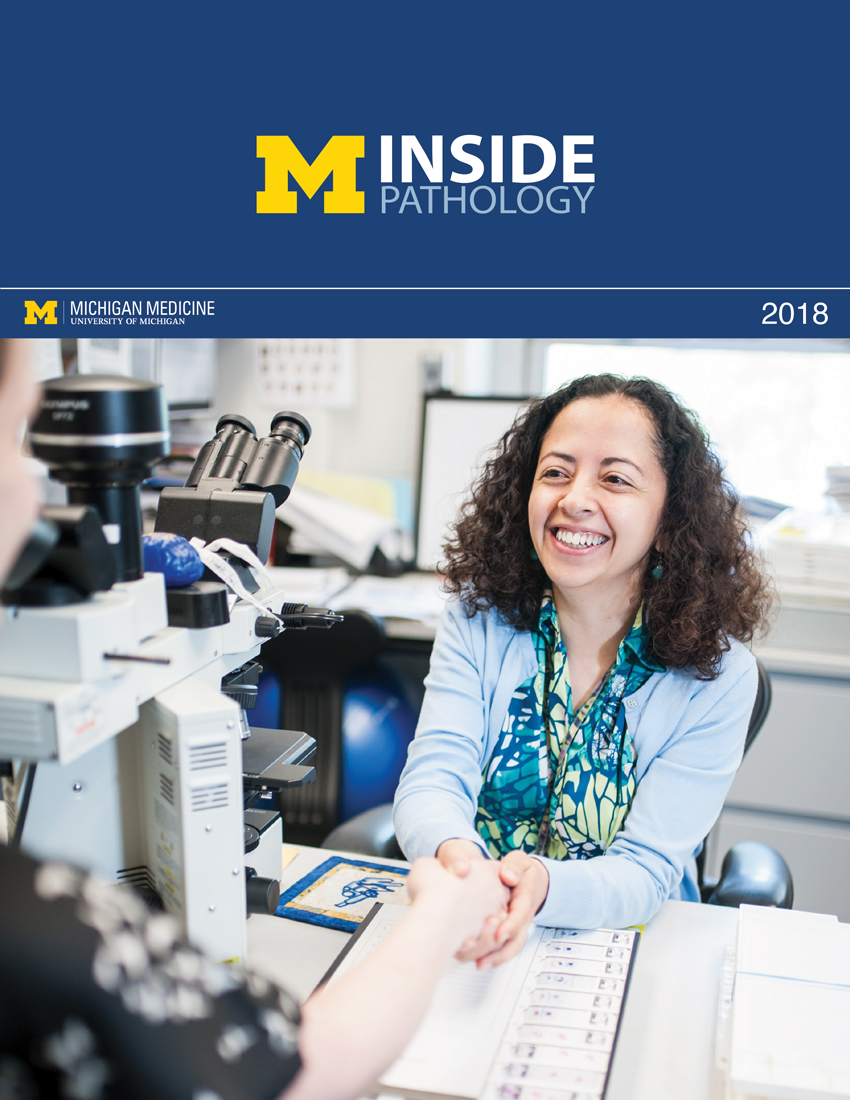 ON THE COVER
ON THE COVER
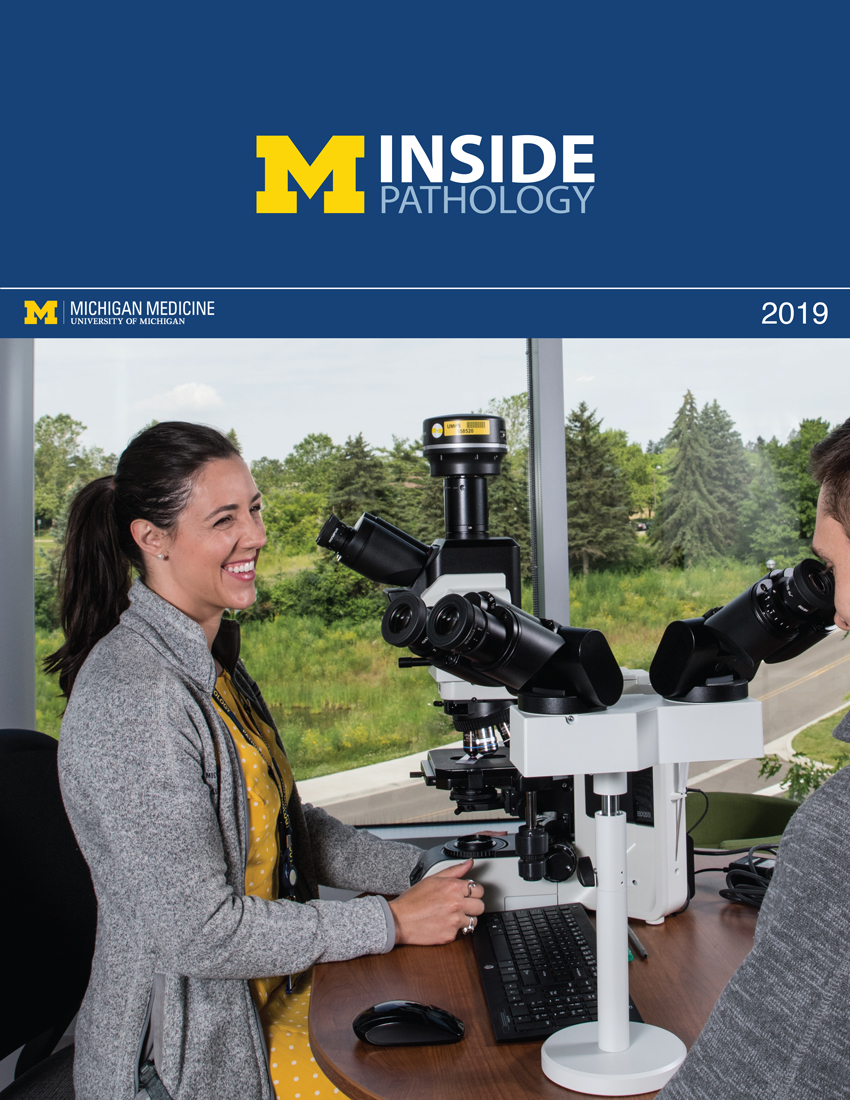 ON THE COVER
ON THE COVER
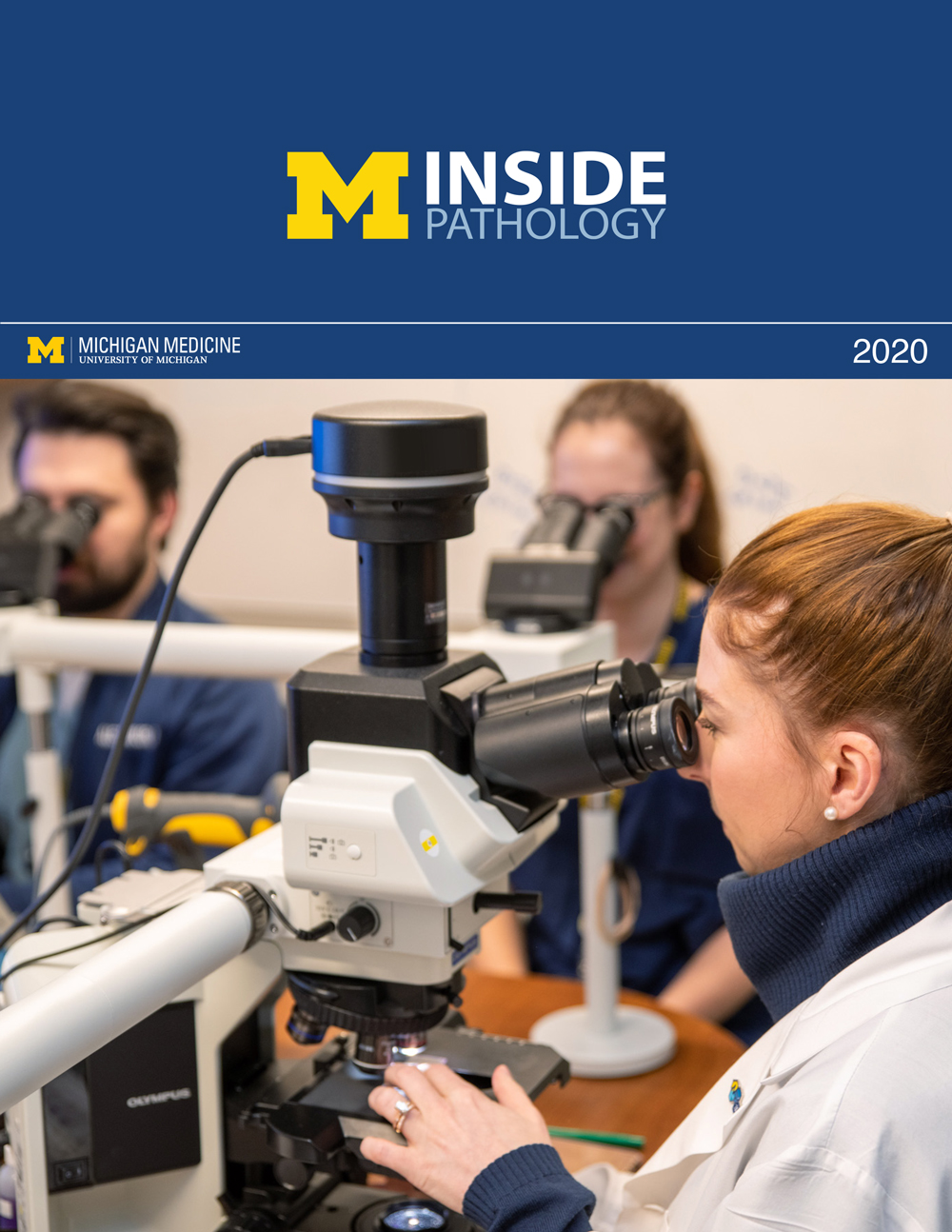 ON THE COVER
ON THE COVER
 ON THE COVER
ON THE COVER
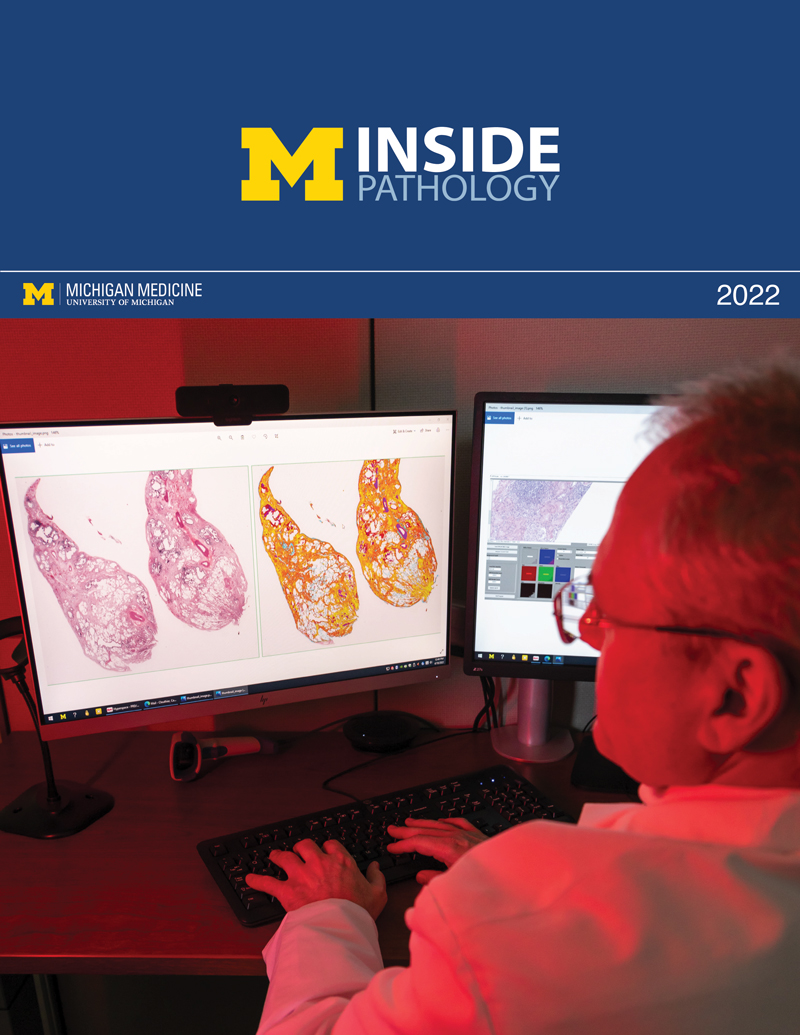 ON THE COVER
ON THE COVER
 ON THE COVER
ON THE COVER
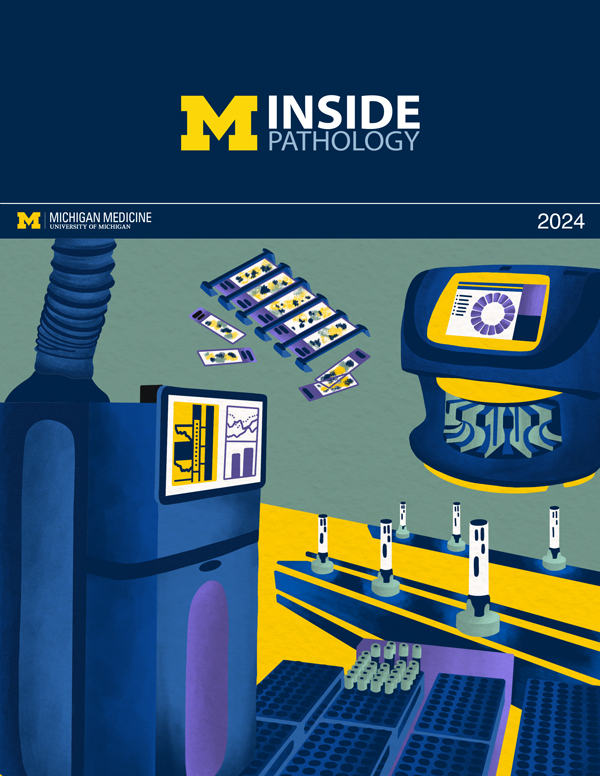 ON THE COVER
ON THE COVER
